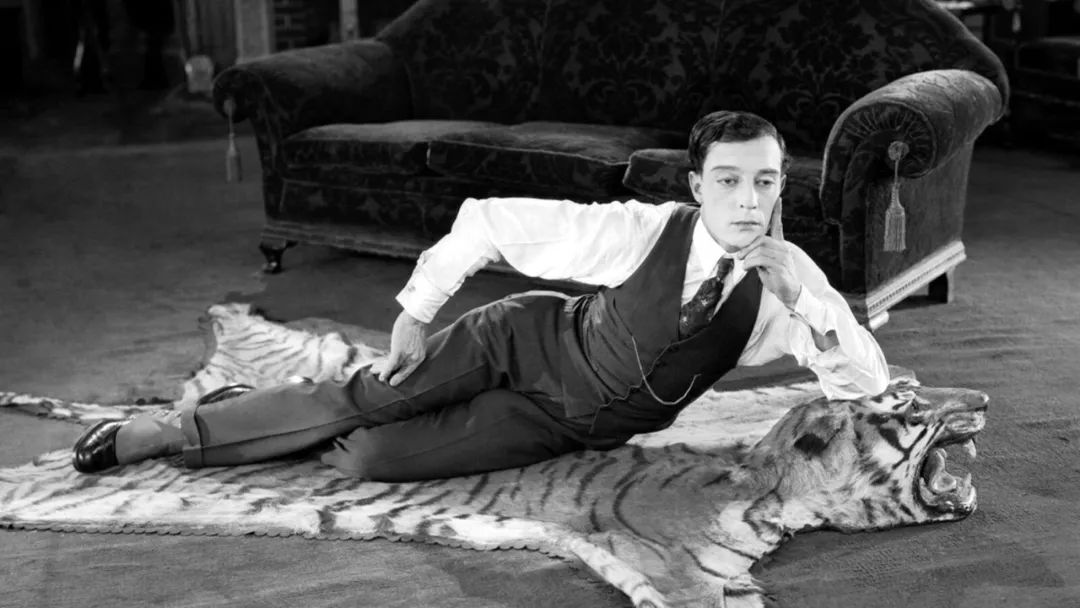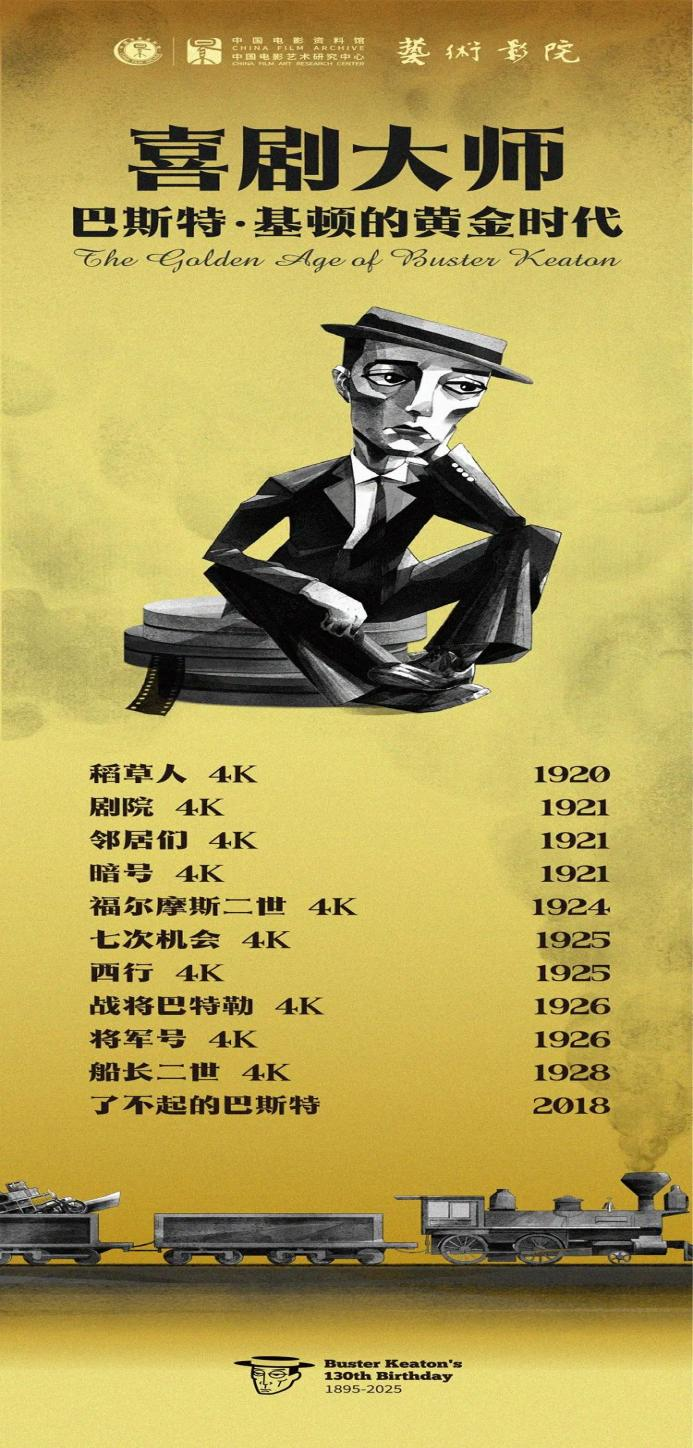In December 1895, the Lumière brothers held a public screening in Paris, showcasing a series of short films they had shot. This event is widely considered the birth of cinema. Slightly earlier, a baby boy named Joseph Frank Keaton was born in a small Kansas town. He would grow up to become one of the most iconic slapstick comedians in the United States at the turn of the century.
After entering the film industry in 1917, Keaton brought his unique physical language, honed through stage performances, to create breathtaking action sequences. With his trademark deadpan expression, he became the quintessential screen symbol of modern man in an ever-changing world.
He was the stone-faced comic, the stuntman, the master of comedy, the auteur, and a contemporary of the art of cinema—Buster Keaton.

Buster Keaton 1895-1966
As the first program in a series celebrating the 130th anniversary of world cinema, the China Film Archive Art Cinema invites audiences to follow in the footsteps of Buster Keaton and revisit the early, formative years of cinema's growth.
This special program will highlight Keaton's representative works from 1920 to 1928, including four two-reel shorts, six feature films, and a bonus documentary. All ten films have been restored in 4K with newly added musical scores. From his first independently produced short film, The High Sign, made under his own production company (Buster Keaton Productions), to his masterpieces—The General and Steamboat Bill, Jr.—this collection represents the peak period of Keaton's filmmaking career, a time when his unique artistic vision was in full bloom. These films are recognized as the golden era of this comedy genius on the silver screen.
Through these films, we can trace Keaton's gradual departure from stage-influenced performances and his transition from slapstick comedy to grand-scale action spectacles. They also offer a window into the rapid advancements in filmmaking techniques during the 1920s, as well as the economic development and social customs of America a century ago.
Since 2011, most of Keaton’s early works have been transferred to the Cohen Collections, following the groundwork laid by Raymond Rohauer. Today, thanks to the restoration project initiated by Cohen Collections in collaboration with the Cineteca di Bologna, we are able to watch Keaton's works from his peak period of 1920 to 1928 on the big screen.
These classic films, nearing their 100th anniversary, are being presented at the Art Cinema as a testament to the importance of film archiving and restoration, particularly in celebration of both the 130th birthdays of cinema and Keaton.
The comedy master Buster Keaton, whose brilliance spanned stage, screen, and television, continues to captivate audiences worldwide as an enduring star. His golden era will be celebrated with two rounds of screenings at the China Film Archive's Xiaoxitian Art Cinema , before making its way to the CFA Jiangnan Center at a later date.

(Translated by Luo Desai)
